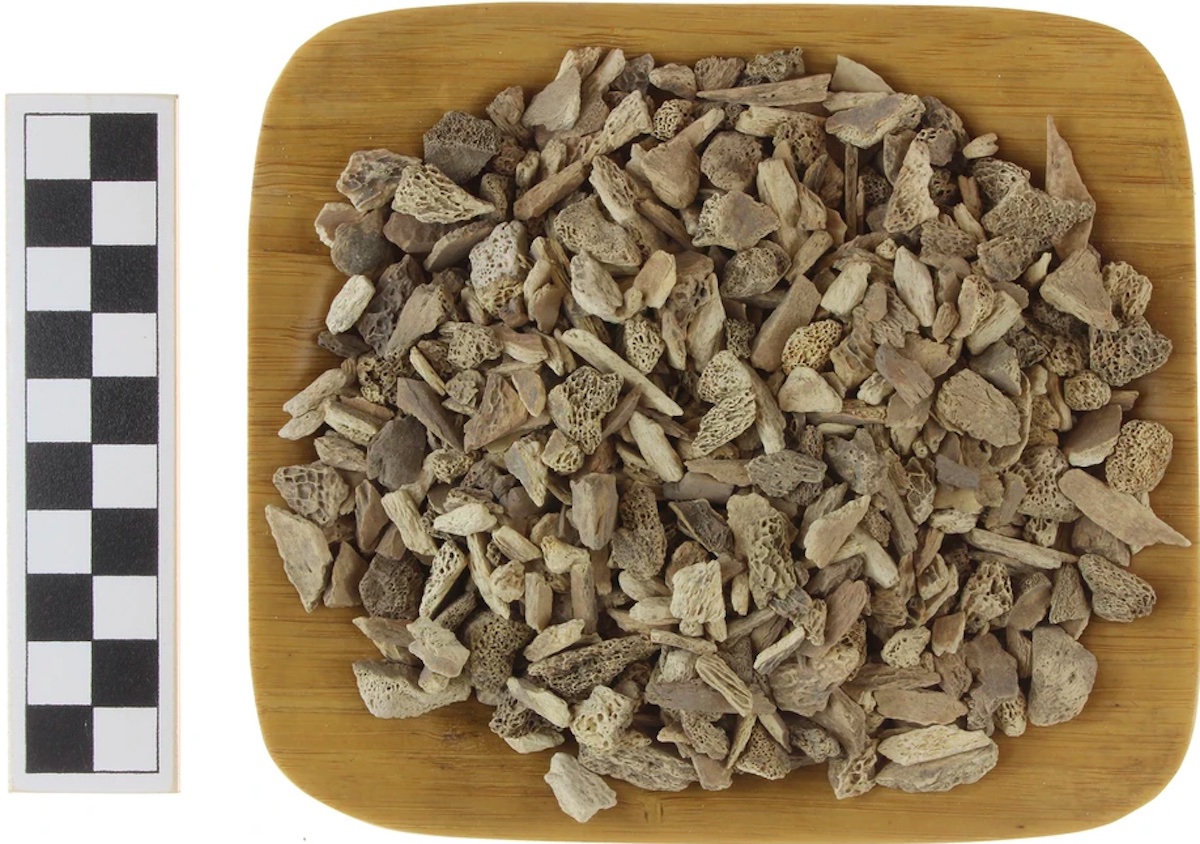Full Belly Files: Indigenous Foodways of the Mission Era
UCSB Study on How Indigenous People Maintained Traditional Cooking

My interest in the culinary cultures of the world is rivaled, sometimes even surpassed, by my fascination with human history, specifically when it comes to the origins of what we now call California. That desire to better understand the past fueled my extensive anthropology studies while at UCSB, and motivates my (sadly sporadic) work on a book about the Chumash revolt of 1824, the most extensive Indigenous uprising against the colonial system of that era.
Though easily painted as a battle between the oppressed and their oppressors — which, for a basic explanation, is an adequately accurate assessment — what makes the revolt worthy of a book-length analysis is that the situation was not really so black and white. California’s colonial period was extremely complex, as Indigenous peoples converged with soldiers, priests, settlers, and visitors from Spain, Mexico, the United States, and beyond to form a truly dynamic society, full of behaviors and beliefs that cannot be defined by the broad brushstrokes of popular history.
So when a press release came out on Monday morning about an archeological study that combined food, Indigenous people, California colonial history, and an evolving explanation of how complex this era really was, I found myself glued to my iPhone reading “Zooarchaeology of Mission Santa Clara de Asìs: Bone Fragmentation, Stew Production, and Commensality” by UCSB grad student Sarah Noe. Though the title doesn’t quite scream “revelation,” the study, which was published in the International Journal of Historical Archaeology, argues that Indigenous peoples maintained traditional foodways even after the Spanish shifted their entire diet to be reliant on cattle and row crops. It’s the latest evidence to counterbalance the long-prevailing wisdom that native cultures were completely erased during colonial times.

To show how these foodways persisted, Noe analyzed the remnants of butchered bones found on the grounds of Mission Santa Clara, where the Indigenous residents — who consisted of Ohlone, Yokut, and Miwok peoples — seemed to be using traditional grease-rendering and marrow-extracting techniques. Though such methods were used by Indigenous people across the region when butchering elk and deer prior to European contact, that sort of extraction was not a typical part of the daily Spanish menu, which filled pozole and atole stews with chunks of meat.
“Although grease rendering and marrow extraction are documented as fairly common processing activities among prehistoric Native Californians,” the paper explains, “these practices are not yet well-documented in the historic period in Alta California.”
It also clarifies that, while marrow and grease are coveted across many cultures during times of starvation, this is not evidence of that. “Rather than an indicator of dietary stress,” Noe posits, “this zooarchaeological analysis indicates that throughout the Mission Period, Native Californians fractured mammalian bones to extract marrow and grease to enrich a broth while cooking cattle meat in Spanish-style stews.” Culinarily and calorically speaking, the Indigenous peoples were taking extra steps to utilize the rich marrow and grease resources present in cow bones, thereby enhancing their stews beyond what the Spanish were doing.
This edition of Full Belly Files was originally emailed to subscribers on January 14, 2022. To receive Matt Kettmann’s food newsletter in your inbox each Friday, sign up at independent.com/newsletters.
Noe’s research also found that the Indigenous peoples continued to hunt wild game, both for food and other purposes. “Although cattle contributed the greatest proportion of meat to daily meals, the continued presence of wild fauna alongside domestic taxa throughout the Mission Period indicates traditional food resources remained important for mission inhabitants,” wrote Noe. “Despite the constraints on hunting imposed by both the mission boundaries and decline in native species following the introduction of agriculture, food-related and non-dietary wild mammals and birds continued to be procured and utilized.”
The study includes a graph about all of the animal bones that were found at the three sites that Noe examined. Among the preponderance of cow, some sheep and goat, and a smattering of white-tailed deer found across the more than 26,000 specimens, the largest single species of bones found were that of California ground squirrel, with 926 occurrences. That’s compared to just 600 cow bones, although the combined weight of the cow specimens is exponentially larger than the squirrels. On the bird front, Canadian geese, mallard, and ruddy ducks were most popular.
I’d be very curious to know more about how Indigenous people were preparing these meats, if they were indeed being hunted for food. I saw some ground squirrels over the weekend on a golf course, and they looked mighty plump, ready for the spit.

That’s not exactly the further research that Noe is calling for by the end of the paper, but she does advocate for more analysis.
“Past scholarship in Alta California used evidence of Spanish material in Indigenous contexts to confirm the unidirectional adoption of European goods and practices by Native American people, cultivating the misconception of the complete loss of traditional lifeways, and the dominance of the Spanish socioeconomic system,” she writes. “This article joins a growing body of literature proving the falseness of these assumptions, unraveling the uncritical classification of objects as either representing continuity or change, colonial or traditional. While this research is conducted with the explicit acknowledgement of the terrible demographic and ecological impact of the Spanish colonization, archeological work within Alta California and more broadly colonial sites in North America are poised to challenge past terminal narratives and instead reinforce the persistence of native peoples who endured long after the mission system ended.”
Support the Santa Barbara Independent through a long-term or a single contribution.




You must be logged in to post a comment.